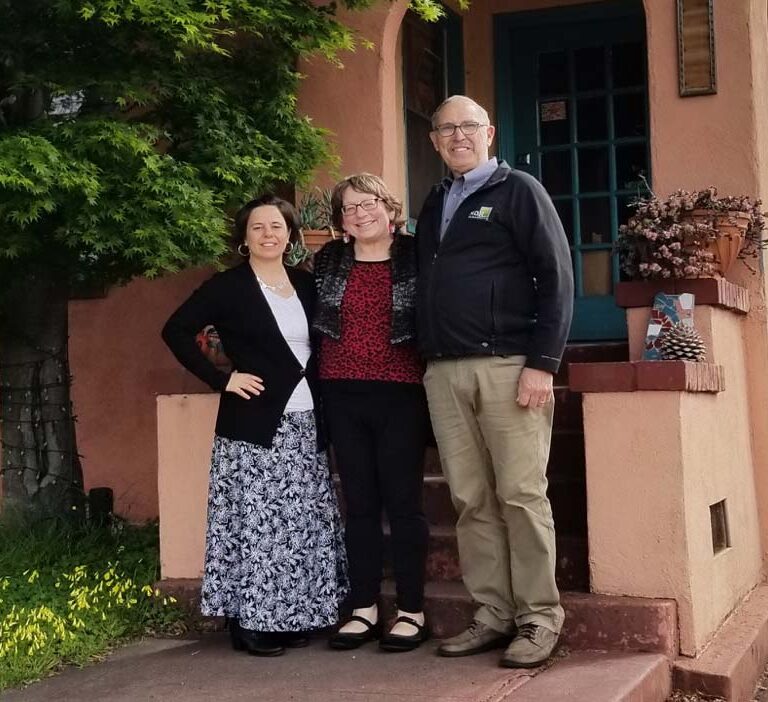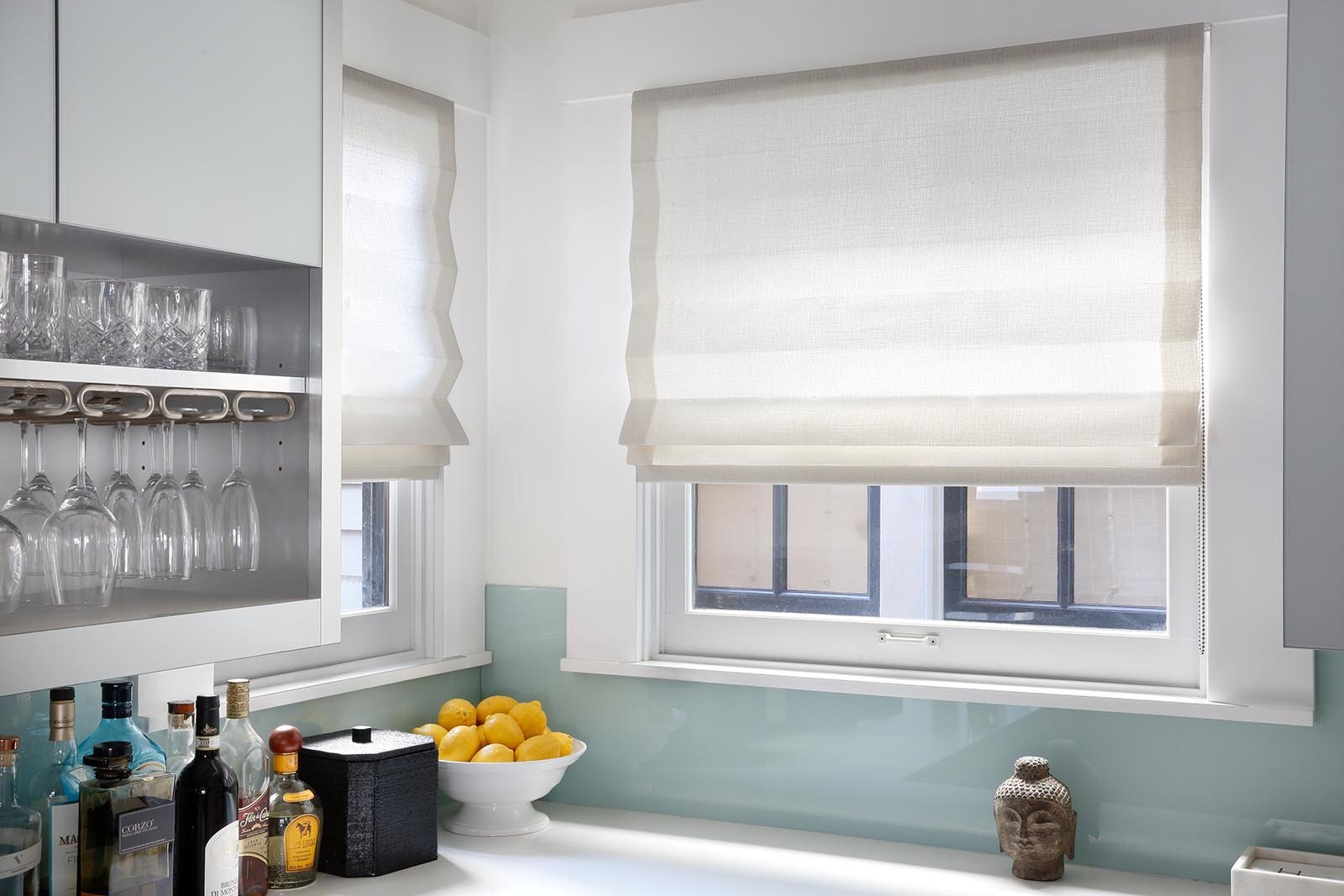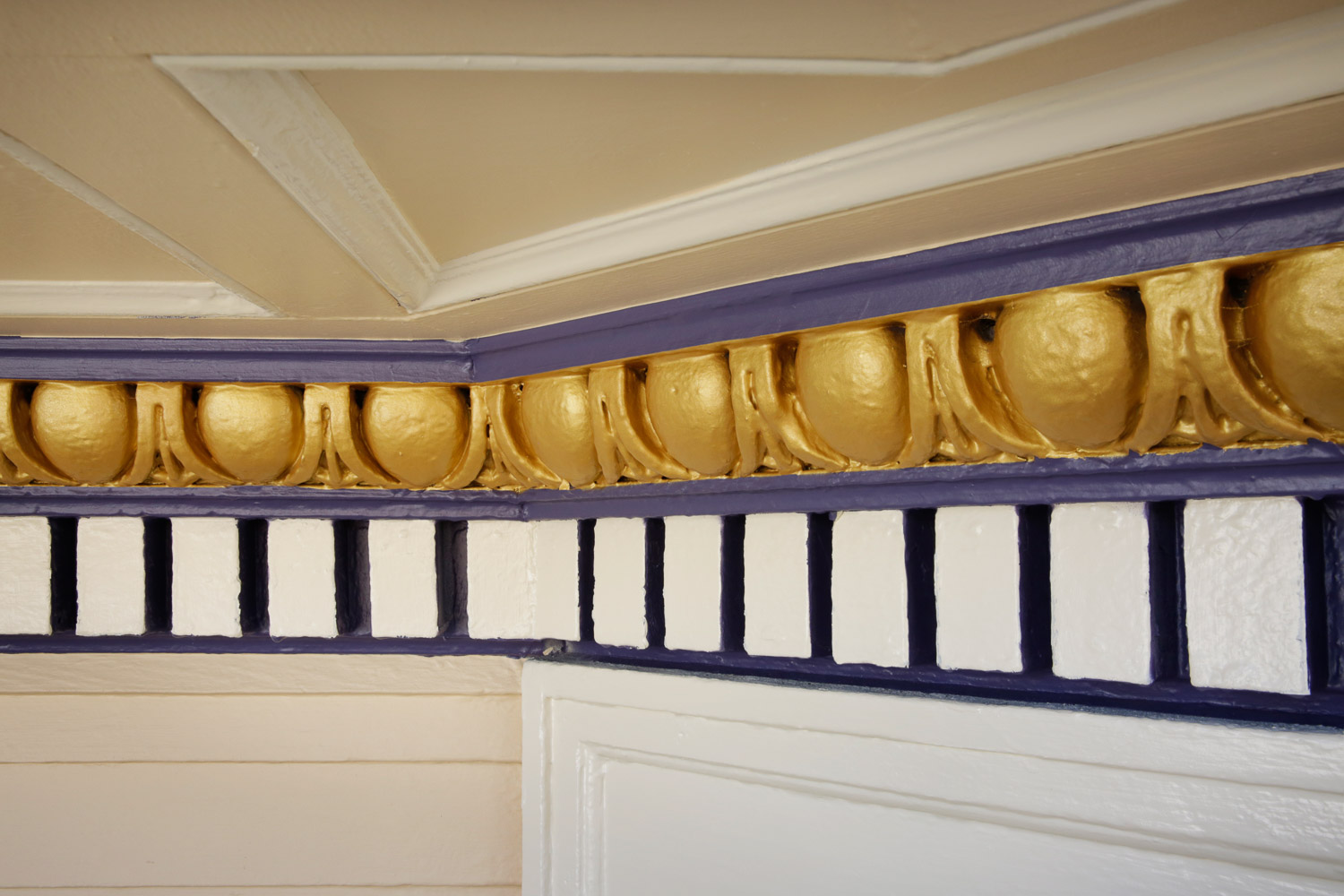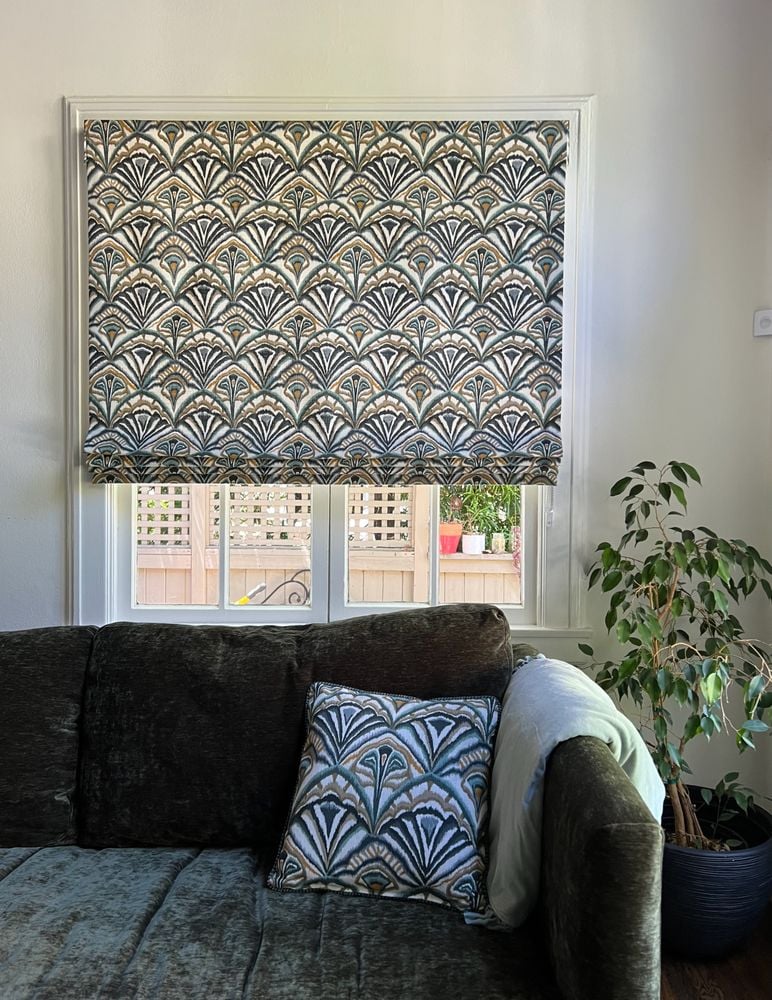“Never doubt that a small group of thoughtful, committed citizens can change the world. Indeed, it is the only thing that ever has.”
– Margaret Mead
I am passionate about home and family and love to give back to organizations that support folks who don’t have the full capacity to care for them. This weekend I will be volunteering as House Captain on a project in Berkeley. We will be assisting homeowner Carol with some repair items that seem simple but pose a major challenge for her.
Teamed up with other contractors like HDR Remodeling, we will be working under the umbrella of an organization called Rebuilding Together. The national non-profit has been operating for 20 years with a mission to preserve affordable homeownership and revitalize neighborhoods by providing free home repairs and modifications for “neighbors” in need.
Rebuilding Together, originally named Christmas in April, was started in Midland Texas when a small group of people noticed their neighbor’s homes were falling into disrepair. They decided to pitch in and make the repairs and realized the potential impact their work could bring. Today 100,000 volunteers handle 10,000 revitalization projects every year.
The organization relies on Corporate sponsors like Sherwin Williams, Community partners like AmeriCorps, and on-the-ground volunteer professional contractors and community volunteers. Our painters and students from the architecture department at UC Berkeley will be among the team that will do the on-the-ground work.
On Carol’s home, I will be directing the team to repaint her garage to stop any further deterioration, clean out the crawl space and repaint her office and bathroom ceiling. The biggest part of the project will be the reinforcement of a support joist underneath the home that has deteriorated causing the floor to sag and the walls to go out of level. This is the most critical and expensive repair.
I encourage any of you who have time and energy to volunteer on a project in your city. This is one of the most direct ways that you can reach out and help your neighbors while also having a positive impact on your neighborhood. Rebuilding Together’s website is: https://rebuildingtogether.org.
Catherine Baldi, Company Manager
Why You Might Want To Give ‘Bokashi’ Composting a Try
By Aislin Suparak Gibson
Bokashi composting can be a great solution for those who live in an apartment or have limited garden space — or are looking to speed up the process of an existing compost pile. This low-odor, space-saving method breaks down all food scraps with the help of beneficial bacteria to create a nutrient-rich compost for your soil, while also creating a natural liquid fertilizer for your plants. And it all starts in a bucket you can place under the kitchen sink.
Bokashi is a Japanese word that means “fermented organic matter.” It originated from an ancient Japanese farming technique that uses soil microbes to increase the nutrient level and microbial diversity of the soil.
Managing the bokashi compost is different than a traditional compost system — and easier in some ways.
- All food scraps can be composted. Dairy and meat can be included in a Bokashi system, unlike traditional compost, which uses plant material only. This system eliminates the need to sort out orange peels, avocado pits and other items that may attract pests or don’t break down easily in a passive compost system.
- Less daily work. The bokashi bin is only taken out after it is full, which can take a few days to a few weeks. This eliminates the daily chore of taking compost outside.
- No messy digging. Since the food is already fermented, it does not require the regular turning and maintenance of a compost pile.
- Reduces waste and saves money. In my home, where we regularly recycle and compost, we’ve already been able to downsize our household trash bin and save money on our monthly trash collection bill. Bokashi composting eliminates even more waste than these recycling and composting practices, which could further cut down the monthly trash bill.
Adapted from: https://www.houzz.com
Interior Design Tip: Where To Hang Your Flatscreen TV
By Laura Martin Bovard
When did hanging the TV over the fireplace become a thing? Trust me, I get it. My own husband is not a sports fan so it’s easy enough for me to say, but my brother-in-law, for example, opened restaurants just so he could surround himself with TV sports whenever the mood strikes.
Like any design advice, this is purely subjective, and for me, in an opinion I have acquired over many years of tossing the TV topic back and forth with dozens, nay – hundreds! – of people, including other designers, clients, spouses, kids, and contractors, and I always land on the side of don’t.
My advice: Put art over the fireplace. A sculpture. Or, if you have truly beautiful tile or brick, try leaving it bare. If you already have it there, could I persuade you to consider moving it to a less prominent place? Use the same mounting hardware to hang a beautiful painting, or a mirror, or a Contemporary painting from Slate Art.
Why do I feel so strongly about this? Let’s go with ergonomics, first. For the sake of your cervical spine and proper alignment when gazing at anything for very long your TV should be — whether freestanding or hung — positioned at eye level when you are sitting down. Otherwise, you are straining your neck upwards when you watch it. This is actually true whether or not there is a fireplace involved. (The ergonomics issue also applies to your cell phone, we are all going to end up with hump-necks if we keep gazing down at our devices.)
In a living room, the sight line from your seating area is often much lower than the space above your mantel. In a bedroom, the sight line will depend on the height of your bed.
Why else? Your TV, assuming we are talking about the big, black, flat screen that is the current cultural de-rigeur, carries a certain visual and energetic weight. It is big, heavy-looking, and dark. It absorbs light when off, absorbs our attention when on, and emits an electrical current which disrupts sleep patterns when looming over your bed, and is loud commentary about the values that exist in the home.
That said, generally, we all have TVs. So where should you put yours? If there is really no other place, then, okay. Fireplace; above. The question I ask you to consider is: Do you want being entertained by your television to be paramount? Or is your primary intention to create a warm, welcoming space, filled with fun art, vibrant energy and a tone of elegance. (I think you know which version I would suggest.)
If you want to increase the energy, joy, and pleasure that you can have in your life through the interior design choices you make, don’t make the TV the focal point of your living room or family room. Because these rooms, full of ample seating — plus coffee tables and game tables; bookshelves and beautiful objects; are designed for gathering, connecting, relating, and relaxing.
Where you place your TV has a dramatic, powerful impact on the energy field in that room, and in your life. So choose carefully. Your neck, and your heart, will feel the difference.
Adapted from: https://www.lmbinteriors.com/interior-design/interior-design-tip-hang-flatscreen-tv/



